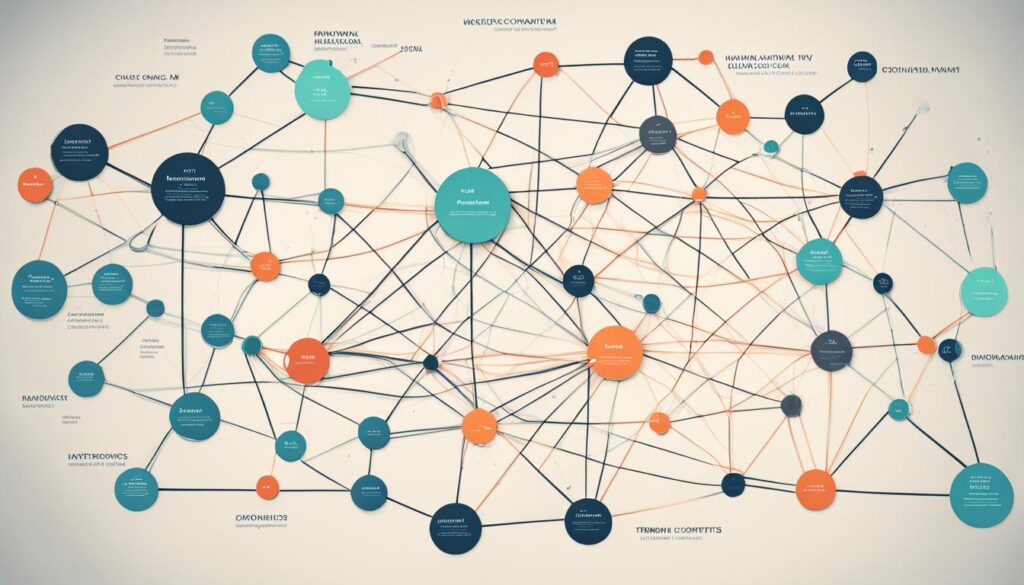
In a world of ever-increasing complexity, our traditional models of doing business are failing to address the myriad challenges we face. From education and mental health to supply chains and data security, the limitations of the "winner takes all" paradigm are becoming glaringly apparent. Enter "business ecosystems thinking," a holistic framework that champions collaborative co-existence and offers viable alternatives as a solution to some of the world's most pressing issues.
Business Ecosystems as a Solution
Let us examine the concept from several more perspectives in addition to the ones from an earlier post
Educational Perspective: The current educational system is a monolith struggling to adapt to rapidly changing global needs. Business ecosystems could act as incubators for innovation in education, providing the resources and framework for lifelong learning initiatives and skill-building that align with real-world demands.
Mental Health Perspective: Traditional healthcare systems are ill-equipped to handle the rising tide of mental health issues. A business ecosystem can pool resources to create scalable employee wellness programs, launch preventative initiatives, and build a sustainable support system for mental health at the societal level.
Supply Chain Perspective: Our global supply chains are teetering on the edge, susceptible to a multitude of risks from political instability to climate change. Business ecosystems can foster collaboration to decentralize and strengthen supply chains, perhaps even employing blockchain technology for heightened transparency and efficiency.
Data and Analytics Perspective: Data is the new oil, but it comes with its own set of challenges, including ethical considerations around privacy and security. By forming a business ecosystem, companies can collaborate on shared data platforms that adhere to mutually agreed ethical standards and governance models.
Gender and Diversity Perspective: Progress towards a more diverse and inclusive workspace has been glacial. Within an ecosystem, businesses can accelerate this by setting common goals and sharing effective strategies to achieve diversity, equity, and inclusion across the board.
Global Health Perspective: The COVID-19 pandemic exposed serious gaps in our global health infrastructure. Through an ecosystem approach, businesses can expedite healthcare solutions, making quality healthcare accessible and affordable on a global scale.
Intellectual Property Perspective: Traditional IP laws often serve as roadblocks to collective innovation. Within a trusted ecosystem, businesses can collaborate on shared IPs or explore new licensing models, benefiting all participating entities.
Human Rights Perspective: The onus of promoting human rights shouldn't be solely on individual companies. A business ecosystem can serve as a platform for collective advocacy on issues ranging from fair labour practices to ethical sourcing.
Aging Population Perspective: The global demographic is skewing older, and there's a growing demand for elderly-centric services. Business ecosystems can be the crucible for innovation in this sector, fusing insights from healthcare, technology, and other services to offer comprehensive eldercare solutions.
Ethical Consumption Perspective: As consumers lean towards ethical and sustainable business practices, an ecosystem committed to these ideals can lead by example and potentially steer the market towards a more sustainable future.
Conclusion
In summary, business ecosystems thinking offers a broad and inclusive approach that as a solution, has the potential to redefine how we address the world's most daunting challenges. By breaking free from the traditional "winner takes all" approach, we can build a future that's not only profitable but also equitable and sustainable.
For an in-depth exploration of the subject of business ecosystems, please see the two books listed below.
Business Climate Change on Amazon Kindle
Business Ecosystems Handbook on Amazon Kindle
Both these books are available as Kindle Editions on Amazon. The Kindle app is free and available on most devices including laptops, tablets and phones. These links are to the US site, but the books are available from your local site too.








